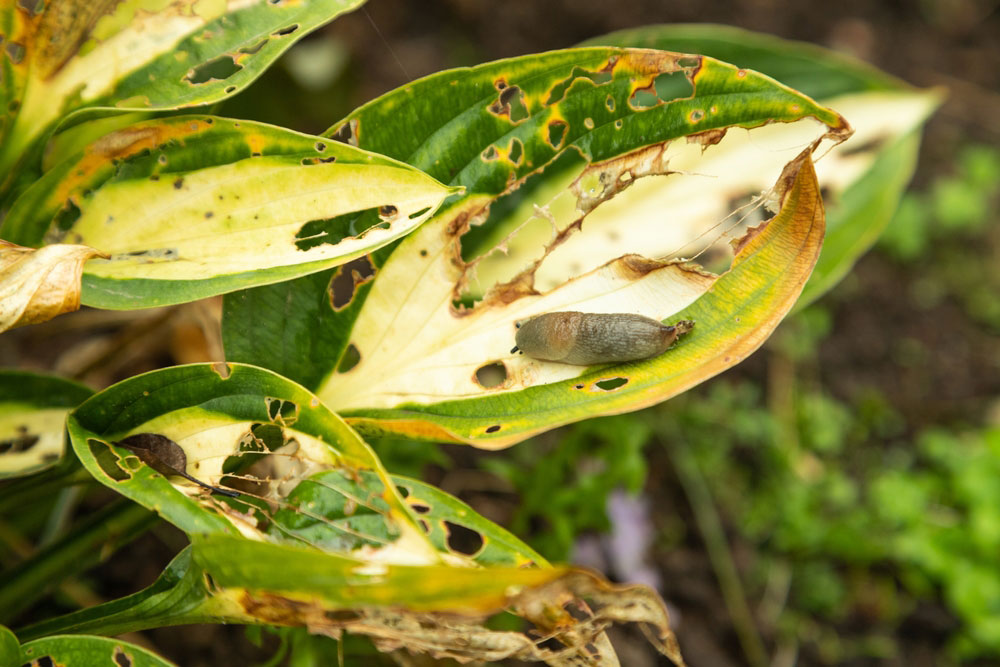Dealing with slugs in your garden can be frustrating, especially when these slimy pests destroy your beloved plants overnight. While some plants naturally repel slugs with their tough textures or strong scents, others seem to act like an all-you-can-eat buffet for these garden nuisances.
Understanding which plants attract slugs can help you make smarter choices when planning your garden and potentially save you from disappointment and damaged plants.
If you’ve noticed holes in leaves and slimy trails across your garden beds, you might be unknowingly growing some slug favorites.
These moisture-loving mollusks have specific plant preferences, often targeting tender, young growth with soft leaves.
By avoiding certain plants or taking extra precautions when growing them, you can reduce slug damage and enjoy a more thriving garden space.
1. Hosta
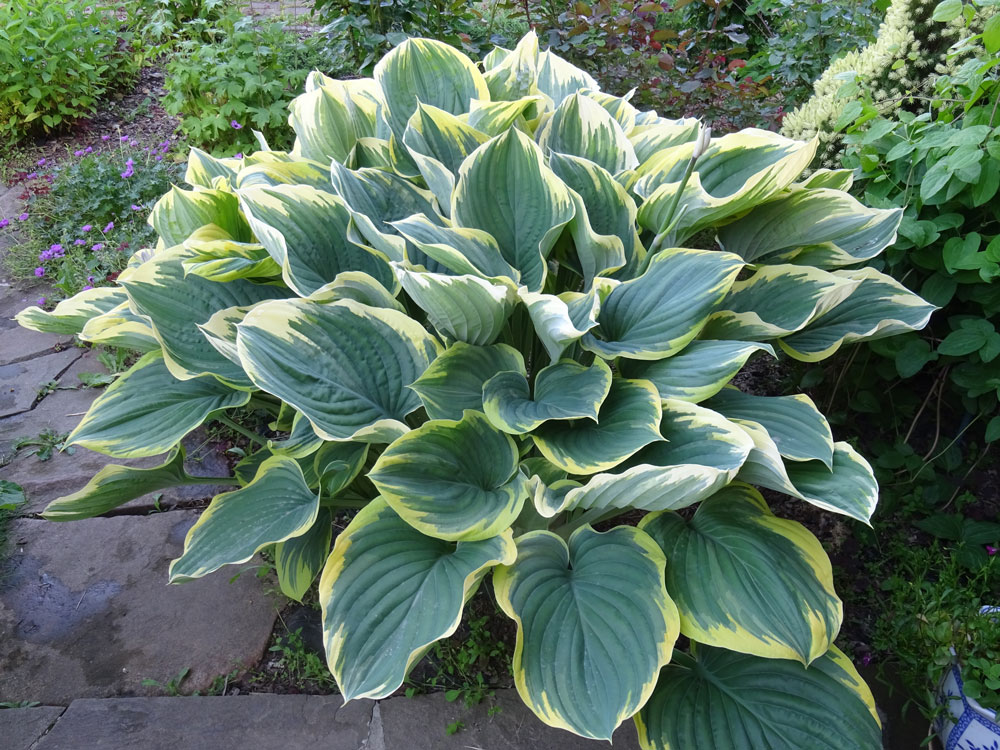
Hostas are often the first meal choice for garden slugs. These shade-loving plants with their tender, juicy leaves can become seriously damaged overnight.
Some hosta varieties are more resistant than others. ‘Halcyon’, ‘First Frost’, ‘Sum and Substance’, ‘June’, and ‘Krossa Regal’ have thicker, more slug-resistant leaves than other types.
If you love hostas but hate slugs, try planting these resistant varieties or protect your plants with a ring of crushed eggshells or coffee grounds around them.
Read more: 7 Ways to Eliminate Slugs from Your Hostas
2. Delphiniums

Delphiniums are stunning flowers that create tall, colorful spikes in gardens, but slugs find them irresistible. These beautiful plants (Delphinium species) often become midnight snacks for garden pests.
Slugs and snails especially attack young delphinium shoots just as they emerge from the ground. Your tender seedlings might disappear overnight if not protected.
These plants prefer cool, moist summers and struggle in hot, dry weather. Strong winds or heavy rain can also damage their tall stems, creating additional stress that makes them more vulnerable to slug damage.
3. Marigolds
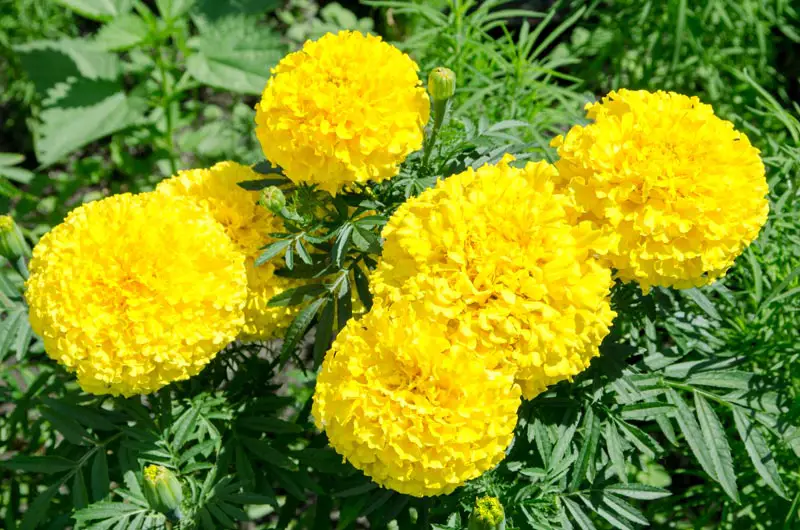
Marigolds are actually slug-repellent plants, not slug magnets! These bright flowers give off chemicals that help deter certain pests like nematodes that damage plant roots.
Many gardeners plant marigolds as “sacrificial plants” or natural slug control in their gardens. You can place them strategically around vegetables or other plants you want to protect.
For best results, combine marigolds with other slug prevention methods. Hand-picking slugs early in the morning or at night remains one of the most effective ways to control these garden pests.
4. Beans
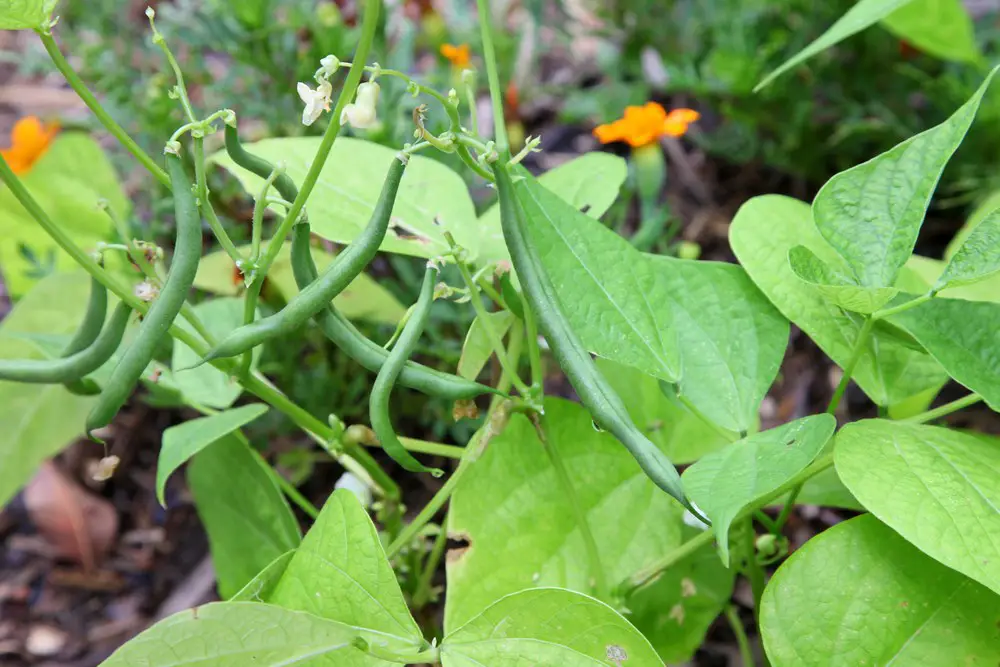
Beans are a tasty garden addition, but slugs think so too! These slimy pests are drawn to the tender young shoots and leaves of bean plants like Phaseolus vulgaris varieties.
You might notice the damage most when your beans are just sprouting. Slugs can munch through entire seedlings overnight, leaving you wondering what happened to your garden.
To protect your beans, try planting them in raised beds with copper tape around the edges. You can also start seeds indoors and only plant out stronger seedlings that have a better chance against slug attacks.
5. Basil
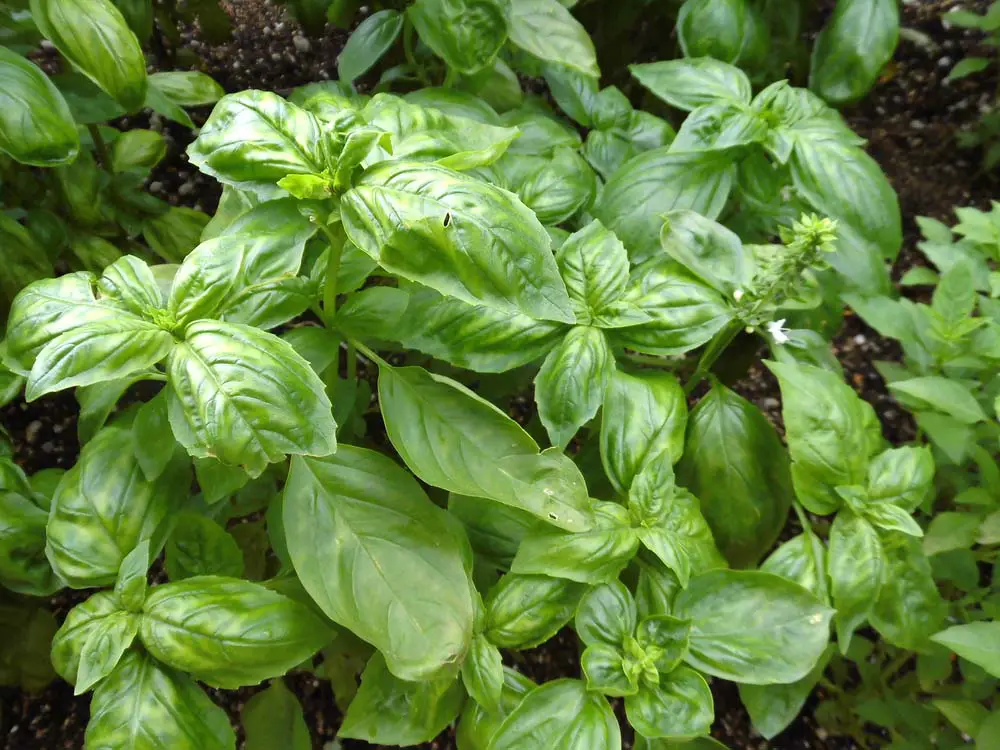
Basil is a popular herb that unfortunately acts as a slug magnet in your garden. Slugs are attracted to this aromatic plant and can quickly damage its tender leaves.
When growing basil, you might notice small holes appearing in the leaves overnight – a clear sign of slug activity. The search results confirm that basil is one of the few herbs that’s vulnerable to these slimy pests.
Interestingly, while slugs love to munch on your basil plants, this herb can serve as a “trap crop” in some garden setups, potentially drawing slugs away from other vegetables like broccoli.
6. Dahlias
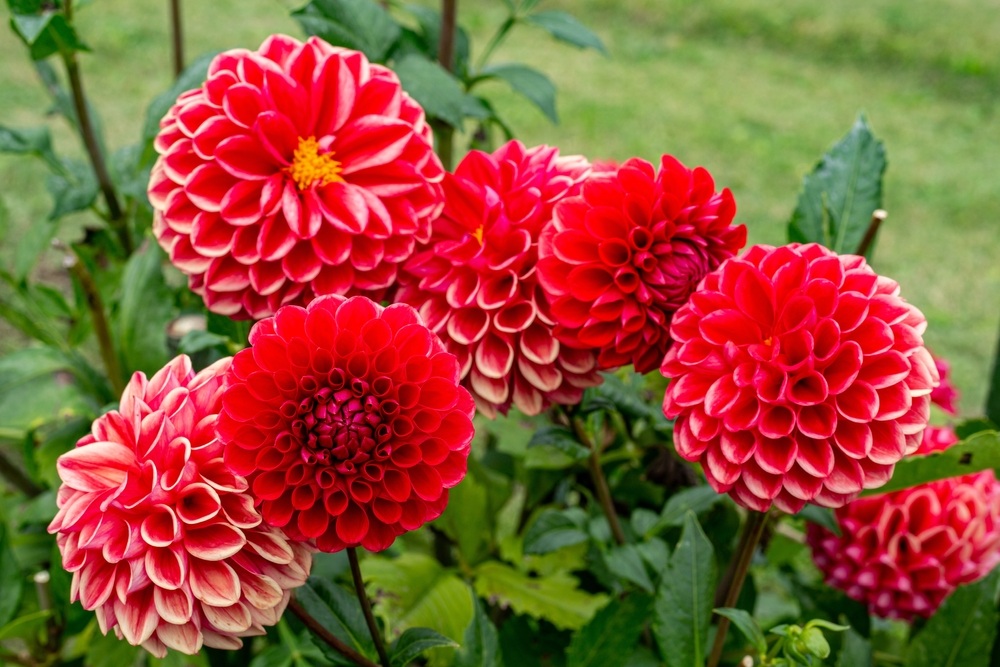
Dahlias are beautiful flowers with showy blooms, but slugs and snails find them irresistible. These pests can quickly damage young dahlia shoots and leaves, sometimes destroying plants before they even have a chance to flower.
You can protect your dahlias using natural methods like sheep’s wool. Place the wool or wool pellets around the base of your plants to create a barrier that slugs hate to cross.
Another option is to choose companion plants that deter slugs naturally. Plants like lavender, foxgloves, or euphorbia planted near your dahlias can help keep the slimy pests away while adding more color to your garden.
7. Violets
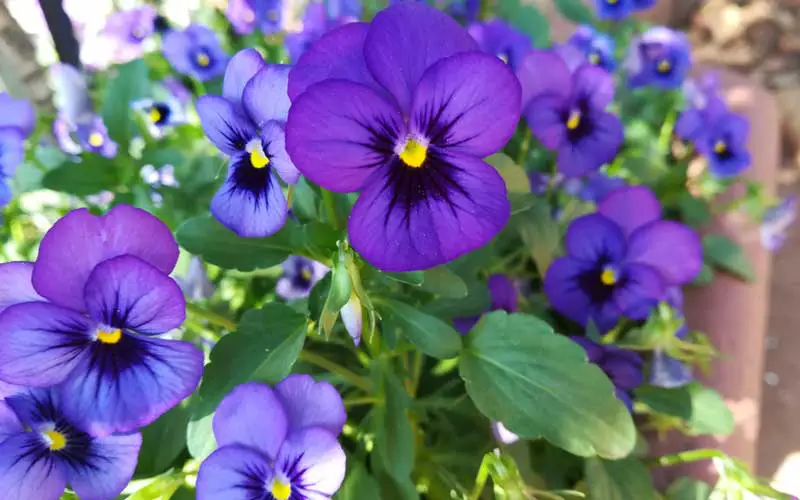
Violets (Viola species) are sadly a favorite meal for slugs and snails. These pretty spring bloomers with their heart-shaped leaves often show telltale holes and damage after slug visits.
You might notice slugs are especially attracted to violets during damp weather. The tender leaves provide both food and shelter for these garden pests.
If you love violets but struggle with slugs, try planting them in hanging baskets or raised containers where slugs have trouble reaching them.
8. Lettuce
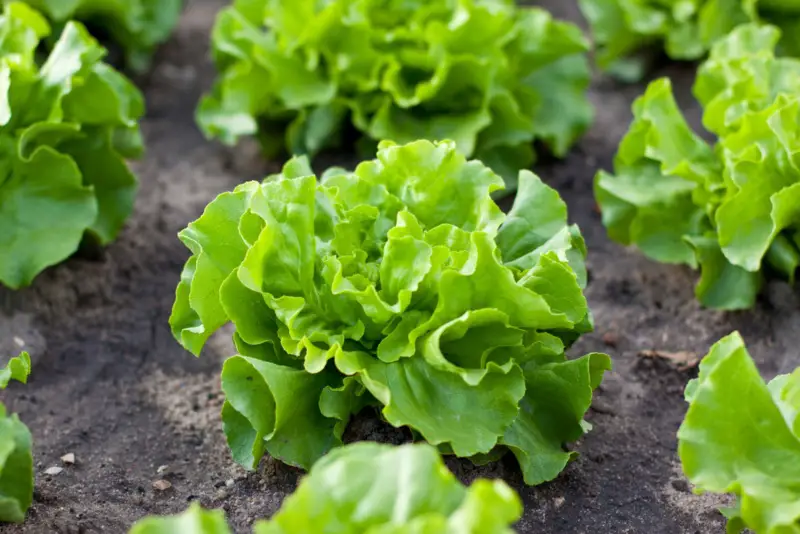
Lettuce is like a gourmet meal for slugs. These leafy greens are tender, moisture-rich, and simply irresistible to these garden pests.
You might notice holes appearing overnight in your lettuce leaves. Slugs are especially active after rain when the soil is damp and cool.
If you still want to grow lettuce, try planting lambs lettuce (Valerianella locusta) instead. It’s more resistant to slug damage while still giving you tasty greens for your salads.
9. Cabbage
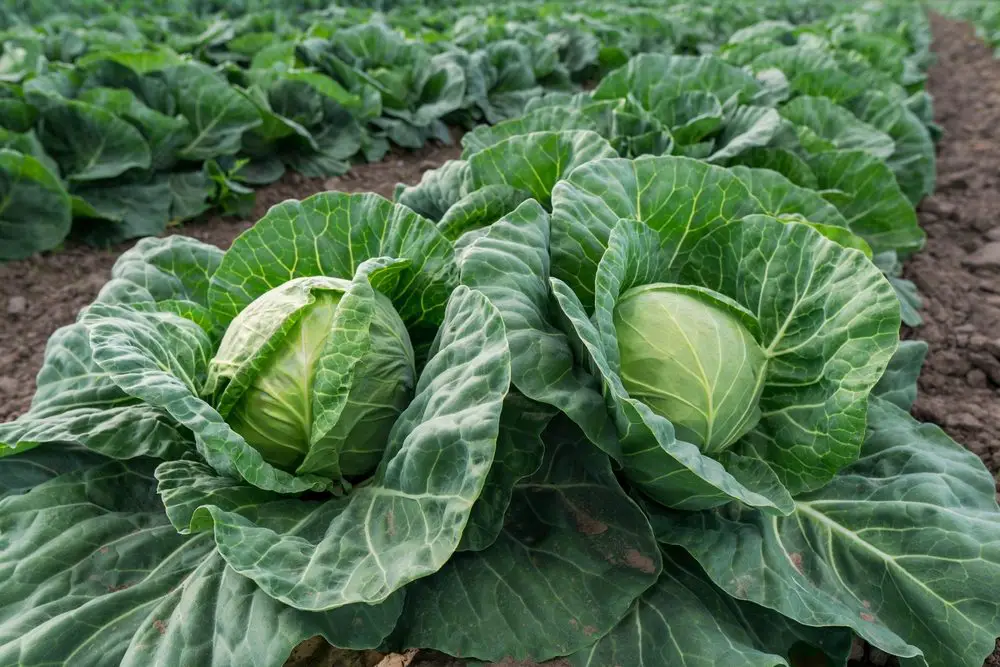
Cabbage is a slug magnet in most gardens. These leafy vegetables have tender, juicy leaves that slugs find irresistible.
You might notice holes throughout your cabbage heads or even entire seedlings disappearing overnight. Young cabbage plants are especially vulnerable to slug damage.
To protect your cabbage, try creating barriers with copper tape around plants or containers. You can also sprinkle coffee grounds or eggshells around the base of plants to deter slugs.
10. Strawberries

Strawberries are a pest-magnet, especially for slugs. These tasty fruits attract these slimy critters more than many other garden plants.
To protect your strawberry plants, try using slug repellents like Sluggo Plus. You can also switch to drip irrigation instead of hand-watering, as slugs love moist soil.
Keep your strawberries away from nightshade family plants (tomatoes, potatoes, peppers) as they can spread fungal diseases to your berries.
Why Slugs Are Attracted to Certain Plants
Slugs have definite food preferences in your garden. They seek out plants that offer not just nutrition but also ideal shelter and moisture conditions for their survival.
Moisture and Texture
Slugs are drawn to plants with high water content and soft, tender tissues. They need moisture to survive since their bodies can quickly dry out. Plants with juicy stems or leaves act like slug buffets in your garden.
Seedlings are particularly vulnerable because their tissues haven’t toughened up yet. Lettuce, hostas, and basil top the list of slug favorites partly because of their high water content.
The texture of leaves matters too. Slugs prefer smooth leaves over fuzzy or hairy ones. They avoid plants with rough textures because these surfaces can damage their soft bodies. This is why smooth-leaved hostas get devoured while plants with tough or leathery leaves remain untouched.
Nutrient-Rich Plants
Plants packed with nutrients attract slugs more than others. Young, tender growth contains higher levels of nitrogen and other nutrients that slugs need.
Many leafy greens like spinach, cabbage, and kale offer slugs a nutritional jackpot. When you fertilize heavily with nitrogen, you might unknowingly make your plants more appealing to slugs. This explains why lush, fast-growing plants often suffer more slug damage.
Slugs also prefer plants with minimal natural defenses. Some plants contain compounds that taste bitter or are toxic to slugs. Plants like Lavandula (lavender) and Allium species (onions, chives) contain natural repellents that slugs avoid. On the other hand, plants that lack these defensive chemicals become prime targets.
To discourage slugs, try planting stronger-smelling herbs like rosemary or sage near vulnerable plants. The strong scents can mask the appealing smells of your tender vegetables.


